Are Perms Bad For Your Hair? Complete Guide To Effects And Care
Understand the right way to go about this chemical hair treatment for the best results.
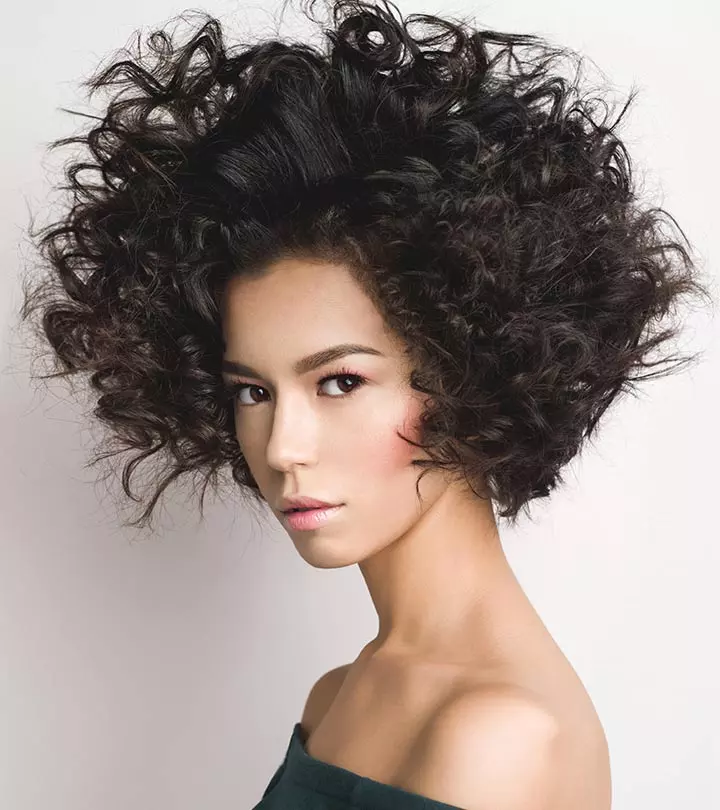
Image: Shutterstock
If you plan to perm your hair, go through this article first. Here, we will look into all the details about the topic and know if perms are bad for your hair. Perming gives a curly and wavy texture to your hair. A hairstylist will wrap your hair in rods before putting perm lotion to set the curl. Different types of chemicals are used in this procedure. In this article, we look at the effects of perms on different hair types and more. So, what are you waiting for? Scroll down!

In This Article
What Is A Perm?
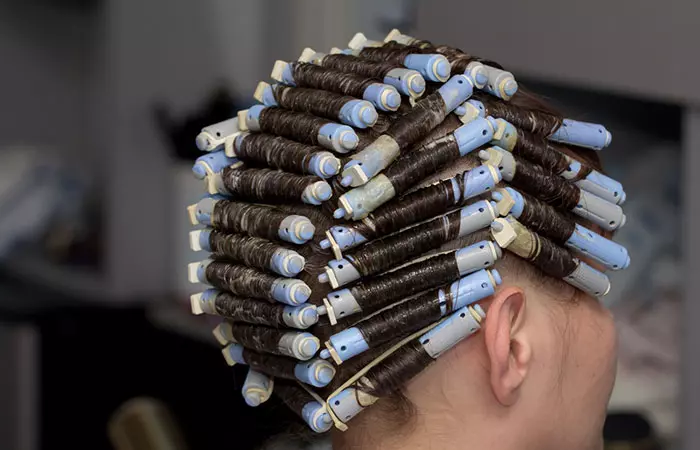
Perming is a technique that alters your hair appearance. Perming usually refers to adding curly or wavy texture to your hair (1). However, modern perm techniques offer different curl patterns (including straight hair) to choose from. A professional hairstylist wraps fabric or sponge rods around your hair. The stylist then applies a solution to alter your hair structure. Another chemical solution is applied to the hair to set the curls. This is a simple process, but is it safe?
 Fun Fact
Fun FactKey Takeaways
- Perming puts your hair through chemicals like alcohol, boric acid, hydrogen peroxide, etc.
- A perm on already treated hair increases its exposure to more chemicals.
- Pregnant or breastfeeding women must see a dermatologist before going ahead with a perm.
Are Perms Safe?
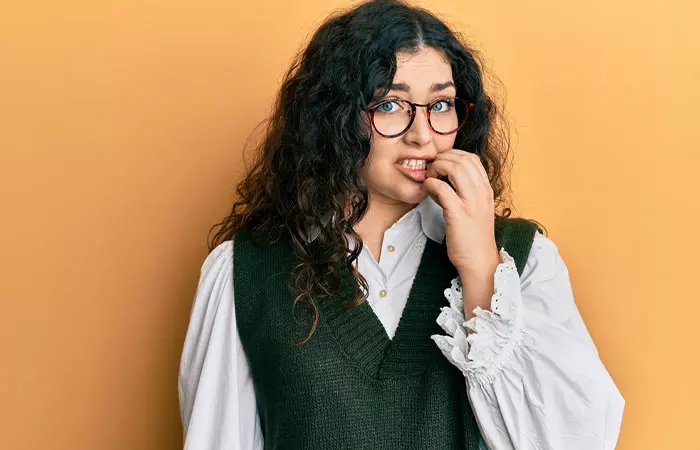
Perming exposes your hair to alcohol, boric acid, hydrogen peroxide, and ammonium thioglycolate (2). These chemicals open up the hair cuticles to make the hair-restructuring process easy and semi-permanent. This, in turn, can make your hair weak and affect hair health (3). However, perming is not as damaging to hair as bleaching.
Also, perming can be safer and less damaging if done by a professional keeping your hair type in mind.
Once you decide on getting a perm, you may start wondering which one to choose. To learn more about the types of perm, check out the section below.
Different Types Of Perms
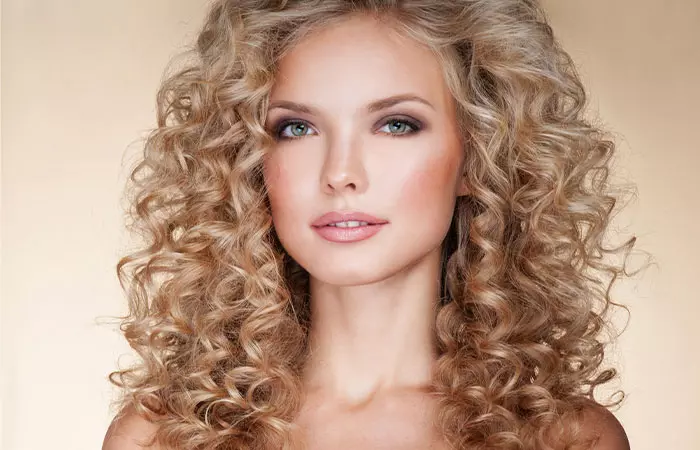
- Spiral Perm: This procedure uses extreme heat with small rods to make tight curls that can last up to 6 months and more.
- Partial Perm: This involves curling only certain sections of the hair, making it ideal for individuals who want an overall balanced look.
- Stack Perm: It is similar to a partial perm and is ideal for anyone searching to achieve a naturally textured look. It adds volume near the crown and keeps the lower section straight.
- Volumizing Perm: As the name suggests, it uses rods of different size to create volume in the hair and form relaxed curls.
Apart from the ones mentioned above, there are several other types of perms you may want to consider learning more about. This will help you choose the style perfect for your hair type.
We will now see how perming affects different hair types.
Effects Of Perming On Different Hair Types
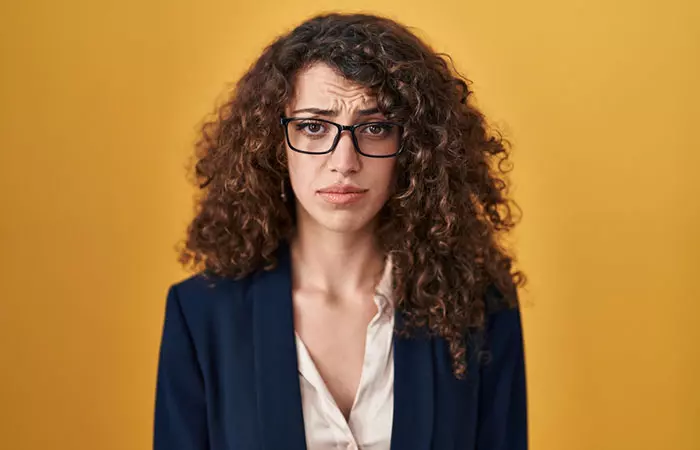
- Colored Hair: Perming colored hair means double exposure to chemical treatments. It would be especially damaging if you have bleached hair. It is recommended you wait for at least a month before perming your colored hair. Your hair, otherwise, may look frizzy, dry, and undefined.
- Highlighted Hair: Highlighted hair is always bleached to give your mane that extra dimension and lift. You also probably need to visit the salon more often to maintain the highlights. This would only expose your hair to more chemicals. Perming highlighted hair can cause further damage and make it dry, dull, and frizzy hair.
- Dry Hair: Dry/damaged hair must first undergo a rebonding hair treatment.. You also can use coconut oil regularly to revive your hair. Perming dry hair will also cause further damage and even lead to hair fall.
- Short Layered Hair: Those who have short hair with too many layers must talk to their stylist before perming their hair. Yes, curls look great on short hair; but short layered hair, when permed, may not suit all face shapes.
- Virgin Hair: Perming virgin hair (hair that is not colored or processed) would cause the least damage.
Lena, a YouTuber, shared her negative experience of getting a perm in her video. She said, “I can’t wash it as much as I would like to. I’m used to washing my hair every other day. Now I push it to the third, sometimes fourth day and it just gets so dirty and the amount of product I have in my hair just doesn’t help (i).”
However, there still would be some damage. Hence, you must take good care of your hair after perming it. How? Find more about it in the next section.
 Quick Tip
Quick TipHow To Take Care Of Your Hair Post Perm?

Here are some of the best tips to take care of your permed hair:
- Use a color-protectant shampoo and conditioner. These are better equipped to deal with frizzy, dry, and damaged hair. You can also buy products your stylist recommends. Though potentially expensive, they would be worth the money if you want to keep your hair protected and healthy.
- Use argan oil. It is light and will not weigh your curls down. The oil also provides your hair with the required nutrition and it helps protect your hair from oxidative damage (4).
- Use a heat protectant. You may want to use a blowdryer to create the hairstyle of your choice. Ensure you also use a thermal protectant to protect your hair from the heat (5). Also, do not use heating tools above 300o Fahrenheit.
- Use products for curly hair. Using products that women with naturally curly hair use can add definition to your curls. These products will keep your hair hydrated, protected, bouncy, and shiny.
- Use a wide-toothed comb. Curls get tangled easily. Use your fingers or a wide-toothed comb to separate the hair strands gently.
Should You Perm Your Hair?

The golden question – should you perm your hair? Well, is your hair bleached? Is it colored? Or is it dry and damaged? Talk to your hairstylist, do some research, learn more about safe ways to perm bleached or color-treated hair, and take the call. Also, you should be extra careful if you are pregnant. The chemicals can be harmful. Talk to a dermatologist before you perm your hair during pregnancy or while breastfeeding.
Infographic: Easy Tips To Take Care Of Permed Hair
Perming gives you the beautiful curls or waves of your dreams. However, getting your hair permed means exposing it to a lot of chemicals. Therefore, it might be prone to damage if not properly taken care of. Check out the infographic below for simple tips to take care of your hair after perming.
Some thing wrong with infographic shortcode. please verify shortcode syntax
Perming the hair is a great way to create texture and add volume to your hair. This is a chemical procedure and allows you to select any curl style. The new curls can last for months if you take proper care of them. But proceed with caution. Chemicals can have negative consequences. Avoid perming bleached, colored, or dry hair to avoid hair damage and breakage. So, there is no yes/no answer to the question, “Are perms bad for your hair?” It all depends on your situation, as we mentioned before. Therefore, make sure to always consult a professional and assess the state of your hair before going for perming or any other chemical procedure.
Frequently Asked Questions
How much does a perm typically cost?
The average cost of a perm ranges from $50 to $150, depending on factors like hair length, salon location, and stylist’s experience. Additional services may also increase the overall price. So, always discuss prices with your hairstyle consultant beforehand to avoid hidden costs.
How often can you get a perm without damaging your hair?
You can get a perm once every six months without severely damaging your hair.
How long does a perm last?
A perm can last for about 3 to 6 months depending on your natural hair type and hair care and beauty practices.
Which is more damaging: perm or color?
Bleaching agents are considered more damaging than perms as they penetrate your hair and permanently change its color. It depends on which process you get done more often. If you perm your hair more, then it can damage your natural hair structure.
Do celebrities get perms?
Yes, celebrities like Mariah Carey, Salma Hayek, and Charlize Theron have sported perms, either for movie roles, red carpet events, or their own preference.
What should you not do after a perm?
Do not wash your hair immediately after a perm, as it might deactivate the chemical. You must also avoid touching it too much, brushing it, or tying it up after a perm. It’s better to talk to a stylist and learn more about the dos and don’ts of perm maintenance to understand why you shouldn’t wash your hair right after a perm.
How often should you wash permed hair?
It is recommended to wash permed hair once a week. Washing permed hair too often can reduce the perming effects.
Can a perm look natural?
Yes, there are different types of perms that you can get to make it look more natural, depending on your hair type.
Can you straighten permed hair?
Yes, you can straighten permed hair, but doing it too regularly can reduce the effect of the perm.
Are perms cancerous?
Research shows that perming and straightening agents may be associated with a higher risk of premenopausal breast cancer (6). However, more research is needed on this matter.
Can you perm gray hair?
Yes, you can perm gray hair, but since it is coarse and does not take on new textures or colors easily, you will need to use an alkaline perming solution or an exothermic perm.
What is the difference between curl and perm?
A perm is a hair styling process that makes straight or wavy hair curly for a long time. Curls are hair types (2C-4C), like straight and wavy hair.
Illustration: Do Perms Cause Hair Damage? Must Read Before You Perm

Image: Stable Diffusion/StyleCraze Design Team
Learn why getting a perm can cause your hair to fall out. Click on the video below to find out the best ways to care for your hair and prevent hair loss.
Personal Experience: Source
StyleCraze's articles are interwoven with authentic personal narratives that provide depth and resonance to our content. Below are the sources of the personal accounts referenced in this article.
i. Getting A Perm 2025 | Before & After | My Experiencehttps://www.youtube.com/watch?v=XypagGHUrKU
References
Articles on StyleCraze are backed by verified information from peer-reviewed and academic research papers, reputed organizations, research institutions, and medical associations to ensure accuracy and relevance. Read our editorial policy to learn more.
- Permanent hair wavings: What dermatologists should know?
https://pubmed.ncbi.nlm.nih.gov/32813907/ - Coloring bleaching and perming: influence on EtG content in hair
https://pubmed.ncbi.nlm.nih.gov/23851910/ - Effect of shampoo conditioner and permanent waving on the molecular structure of human hair
https://www.researchgate.net/publication/282444217_Effect_of_shampoo_conditioner_and_permanent_waving_on_the_molecular_structure_of_human_hair - Argan oil as a pretreatment of human hair before exposure to oxidative damage; Attenuated Total Reflectance and Protein loss studies
https://pubmed.ncbi.nlm.nih.gov/35226791/ - The effect of various cosmetic pretreatments on protecting hair from thermal damage by hot flat ironing
https://pubmed.ncbi.nlm.nih.gov/21635854/
Read full bio of Tiffany Young
Read full bio of Arshiya Syeda
Read full bio of Ramona Sinha
Read full bio of Medha Deb






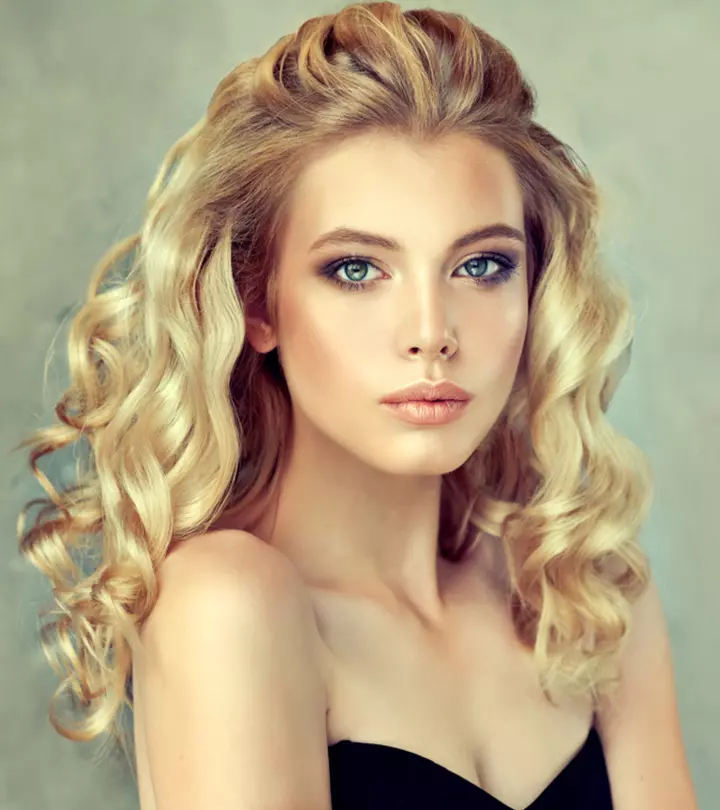



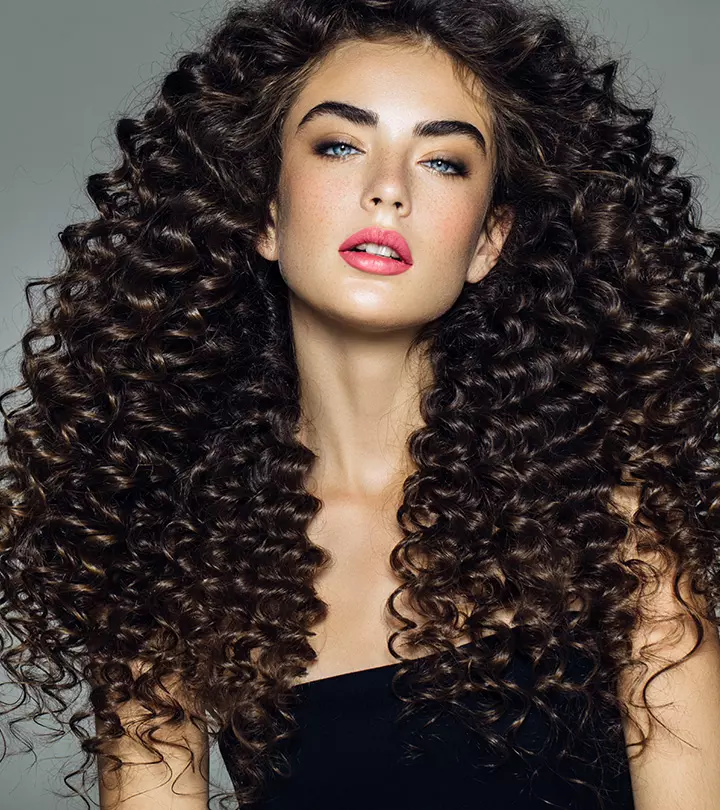
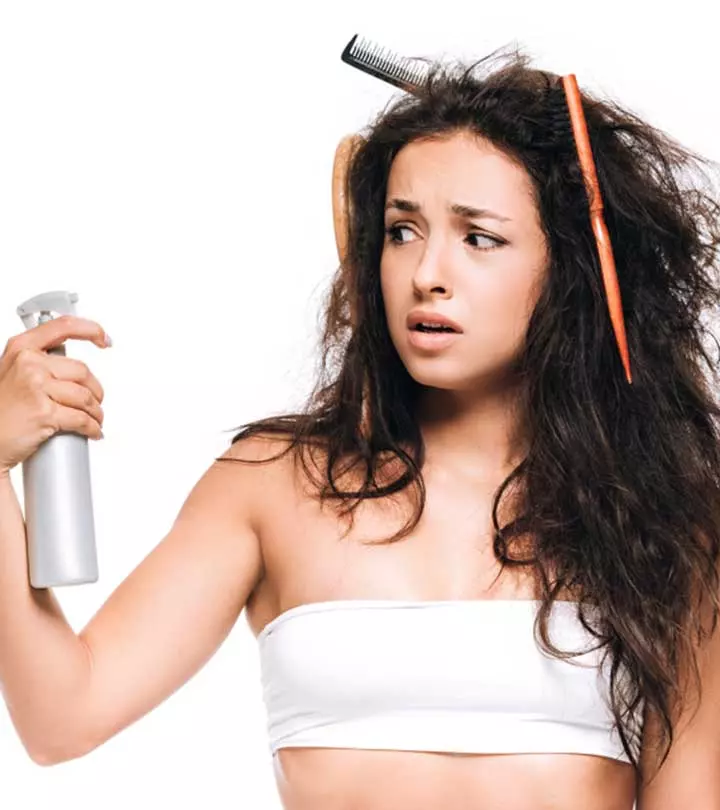




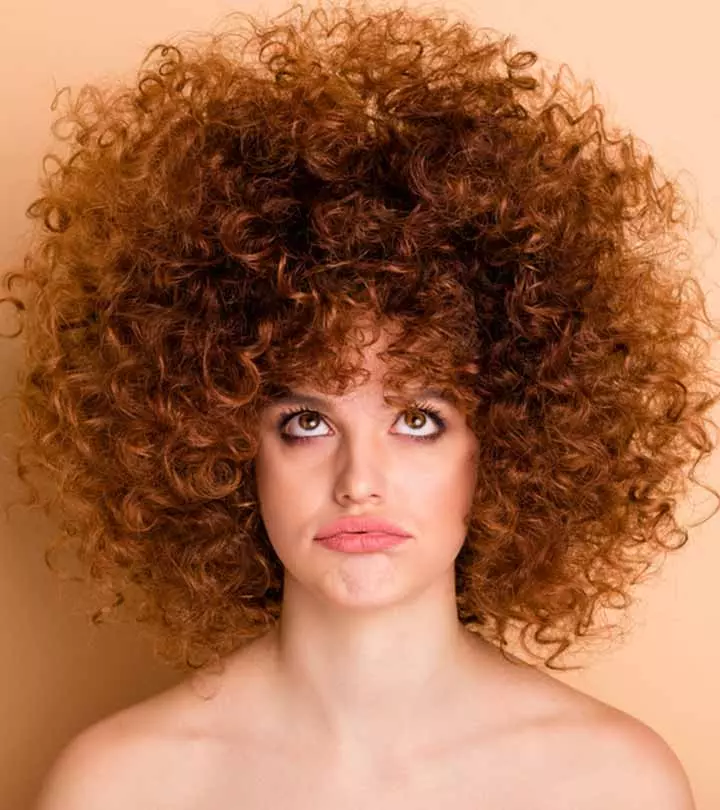
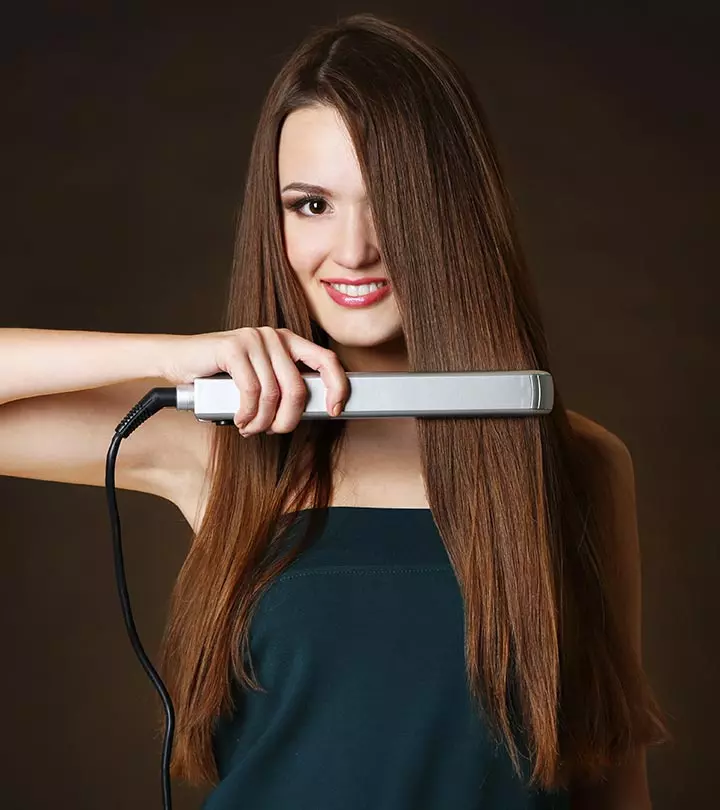
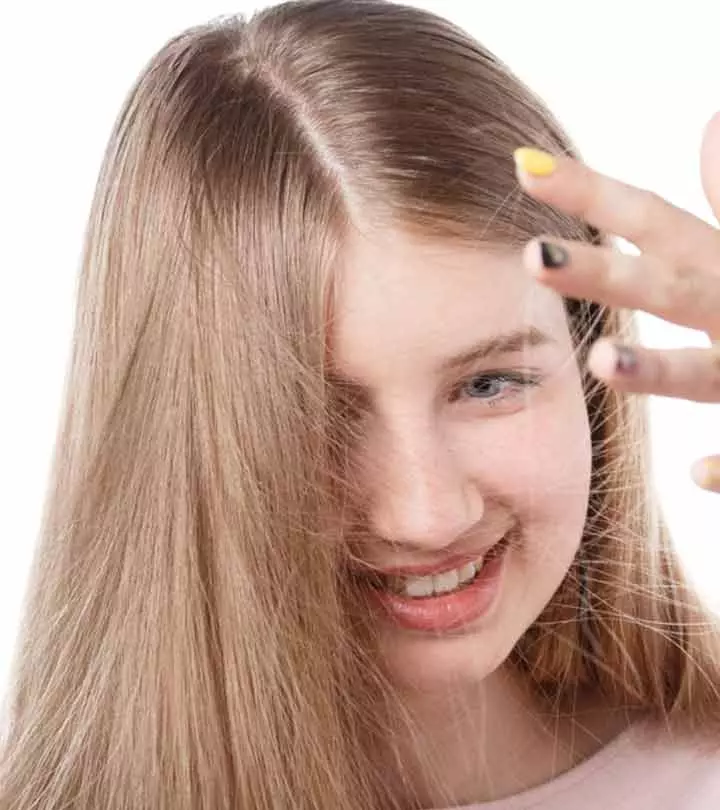

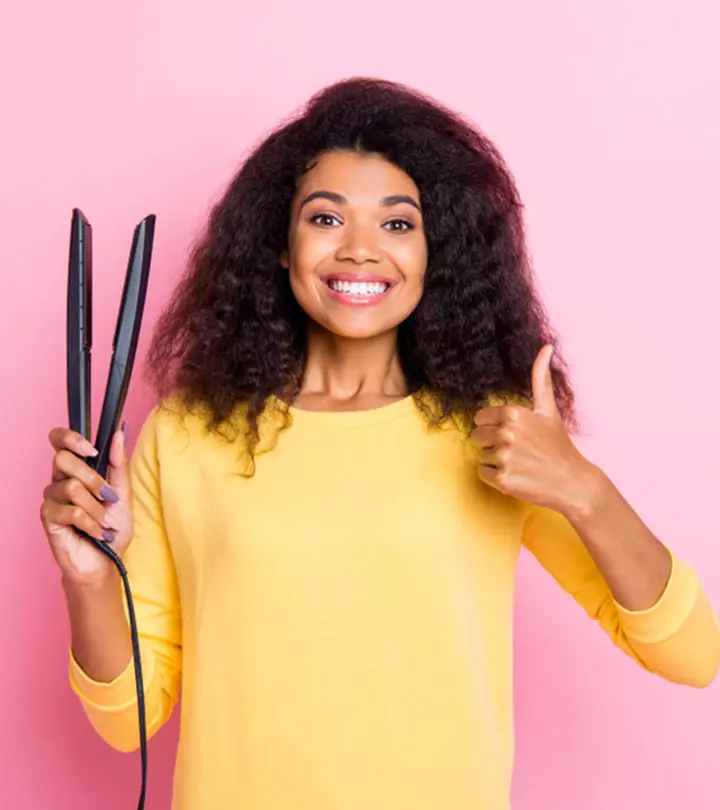

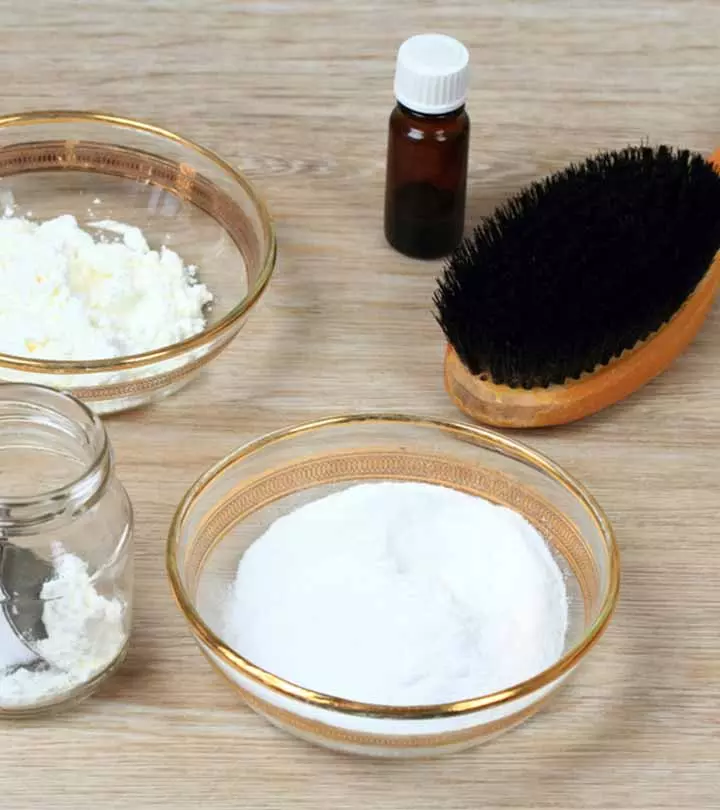

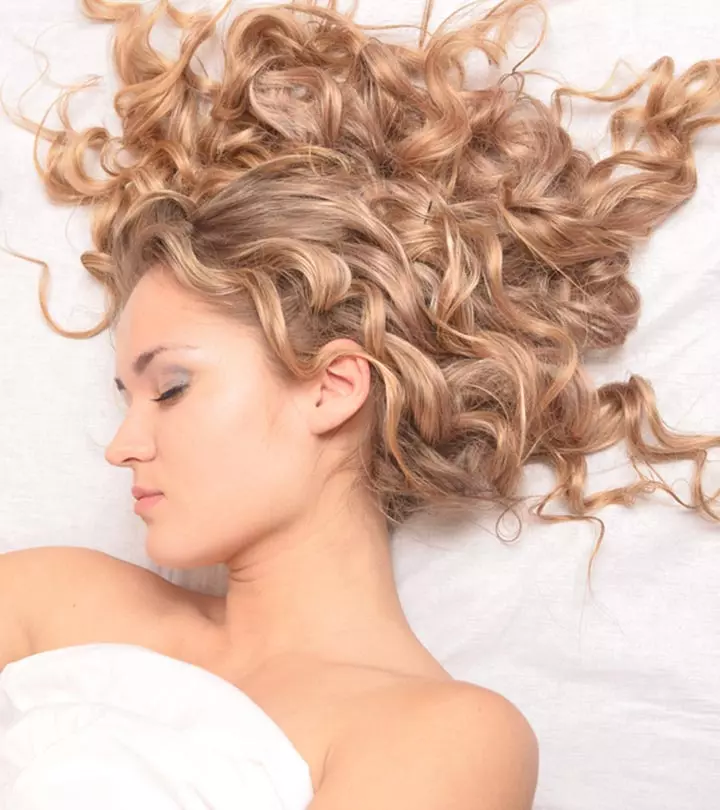
Community Experiences
Join the conversation and become a part of our empowering community! Share your stories, experiences, and insights to connect with other beauty, lifestyle, and health enthusiasts.